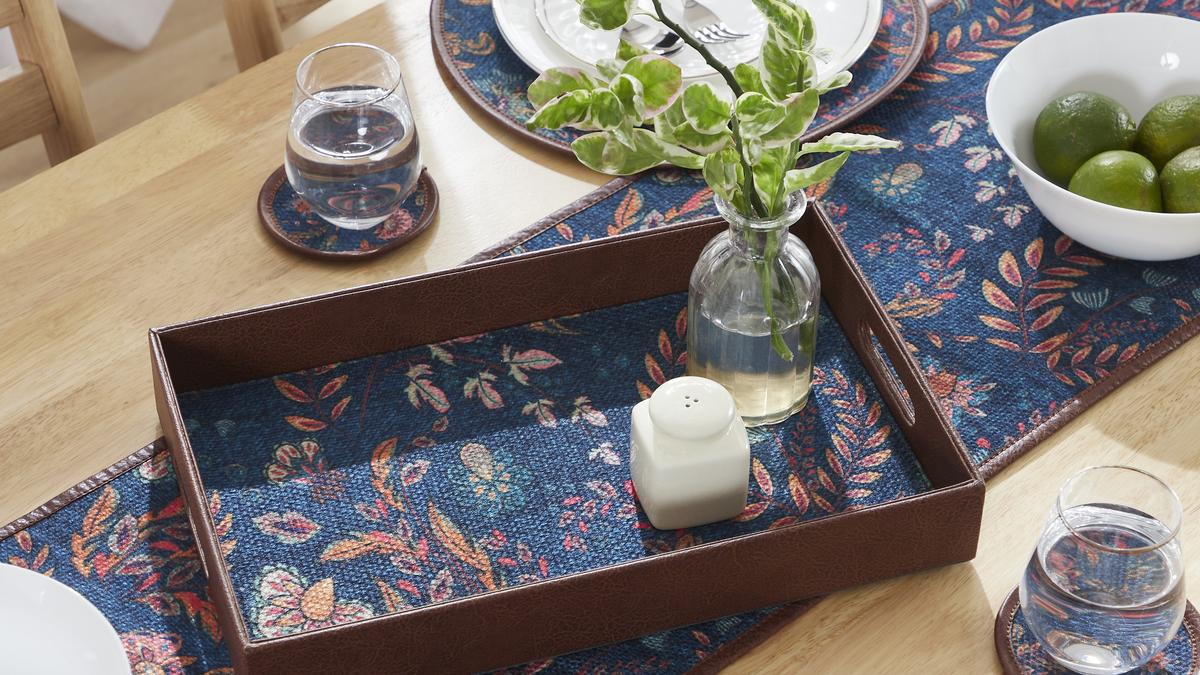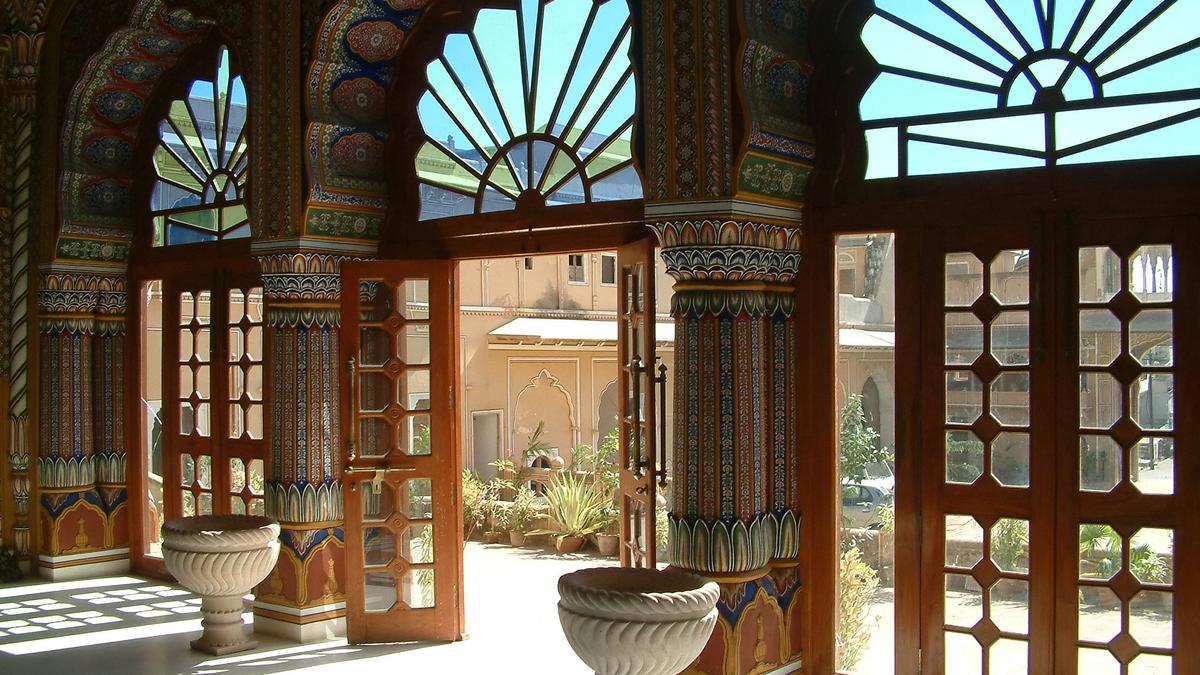Mona B’s decor range comprises rugs, placemats, coasters, runners, tissue box covers, and more
| Photo Credit: Special Arrangement
Every month, Rahul Bhatia, 48, and Ammrites Chaand Dhupar, 51, procure about 50 tents discarded by the Indian Army. Purchased from stockists in New Delhi, they are cleaned and treated, alongside several other materials such as truck tarps, rPET (recycled plastic), vegan leather, and felt, that go into the making of everything from bags, rugs, table runners, and other decor accessories at Mona B India. “Post the life cycle of cotton canvas that is primarily used in Army tents and trucks, it is auctioned off, and purchased by GRS (Global Recycled Standards) certified stockists, whom we buy from,” says Rahul, Managing Director of the New Delhi-based brand, who are the license holders of the US-based parent company, Mona B, since 2019.
Planters at Mona B India
| Photo Credit:
Special Arrangement
Specialising in upcycled and recycled products, the brand took shape when Bhatia and Dhupar, the brand’s director, realised India has a huge market for sustainable and upcycled products. “We had been working in the export market for sustainable lifestyle products for almost 14 years, and were regular suppliers to Mona B in the U.S.,” says Rahul.
Bhatia explains how the fabric processing begins with sorting and sourcing GRS-certified fabrics, treating them, working on surface design, and then printing. “The common materials we use are imported rPET, dhurries made out of recycled polyester fabric, and cotton canvas.” The latter, he says, has been their most popular material “due to its strength, versatility, and rugged look and feel”. Rahul explains how every tent has a shelf life of about six months, and their first collection of bags were made entirely using Indian army tents. “They have their limitations, as even after washing they look stained so only dark colours work. Today, about 75-80% of the fabric we source is GRS-certified, and the tents are used to make wallets, luggage tags, etc.”
The fabric processing begins with sorting and sourcing GRS-certified fabrics, treating them, working on surface design, and then printing
| Photo Credit:
Special Arrangement
When the duo launched their dhurrie bags in 2022, and “on seeing the response, we felt that they should do well as placemats and rugs. This gave us the push to venture into the decor space,” says Rahul, who went on to launch a range of rugs, placemats, coasters, runners, tissues box covers, among others.
These are all made from woven fabric made up of 60% cotton and 40% recycled polyester yarn, he explains. “The decor products are crafted out of recycled dhurrie fabric and then screen printed in bright and vibrant prints. “Our dhurries in particular are made from rPET, and are very soft in texture as they have a cotton blend. They are machine washable, and have an anti-skid coating at the back,” says Bhatia, who is now gearing up for the launch of cushion covers, table covers, quilts, and poufs “all within the recycled fabric area”.
A bag from Mona B’s range
| Photo Credit:
Special Arrangement
The Rand collection that drops in August will feature backpacks, duffles, etc. “They’re unisex bags crafted out of recycled cotton canvas fabric from Indian Army tents. Until now, we were buying our fabric and printing on it. This year, we are dyeing the fabric in winter hues of black, grey, navy blue, and chocolate,” he says of the range that will comprise backpacks, duffels, totes, and cross body bags.
Now experimenting with recycled felt and denim, Rahul is hopeful of including more materials to the brand’s catalogue and is aiming to launch “two collections a year from 2025 that will be a mix of bags, accessories, and home textiles”.
Details on monabindia.com/
Related Topics
Source Homevior.in




